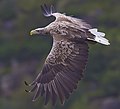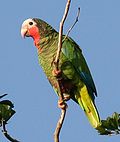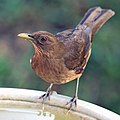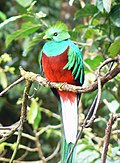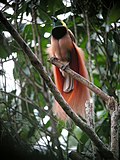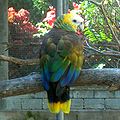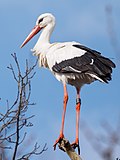
This is a list of national birds, including official birds of overseas territories and other states described as nations. Most species in the list are officially designated. Some species hold only an "unofficial" status. The Official status column is marked as Yes only if the bird currently holds the position of the official national bird. Additionally, the list includes birds that were once official but are no longer, as well as birds recognized as national symbols or for other symbolic roles.








